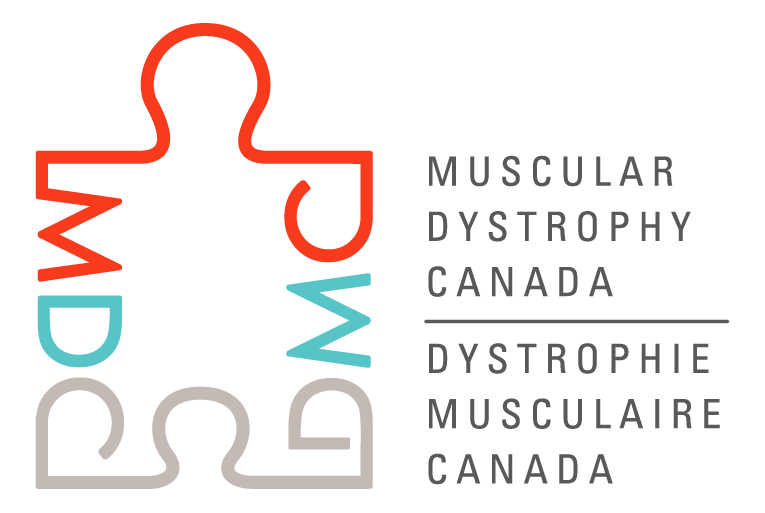A better trunk and lower limb control for a better mobility: Assessment of a re-entrainment program in Autosomal recessive spastic ataxia of Charlevoix-Saguenay
2019
Lead investigator

Dr. Cynthia Gagnon
École de réadaptation CIUSSS du Saguenay-Lac-St-Jean
Jonquière, Quebec
Collaborators & Co-Investigators
- Isabelle Lessard, BSc (PT)
Research Sites & Affiliations
- Universite de Sherbrooke, Sherbrooke, Quebec
Budget: $40,639.65
Disorders: Autosomal Recessive Spastic Ataxia of Charlevoix-Saguenay?
Research Areas: Enhance Care
Abstract:Autosomal recessive spastic ataxia of Charlevoix-Saguenay (ARSACS) is a hereditary neurological disorder presenting with pyramidal (i.e. lower limbs spasticity), cerebellar (i.e. incoordination) and neuropathic (i.e. distal muscle weakness) impairments. Our previous research studies have shown that people with ARSACS have major impairments in regard to upper and lower limbs coordination, upper limbs dexterity, walking speed/endurance and balance control, ultimately leading to participation restrictions and difficulty to perform activities of daily living. No cure exists for ARSACS; at the moment we can only alleviate deficits. Some study conducted in degenerative ataxia other than ARSACS have documented positive effects of physical therapy on balance, gait and performance of daily living activities. However, currently, there is limited knowledge about rehabilitation interventions for ARSACS.
The objective of this pilot project is to document the effects of a re-entrainment program aiming to increase trunk and lower limb motor control on walking capacities, balance and accomplishment of daily activities in people with ARSACS.
Impact:
